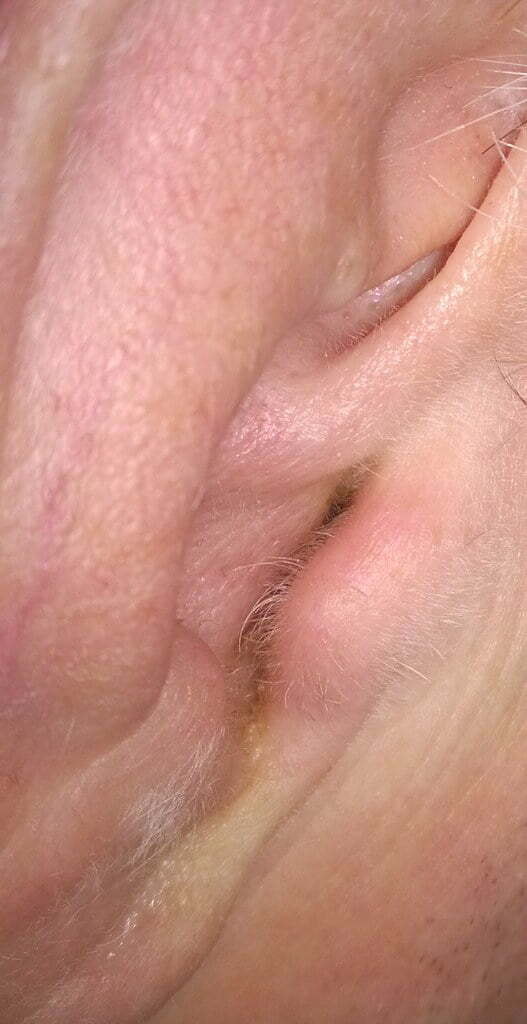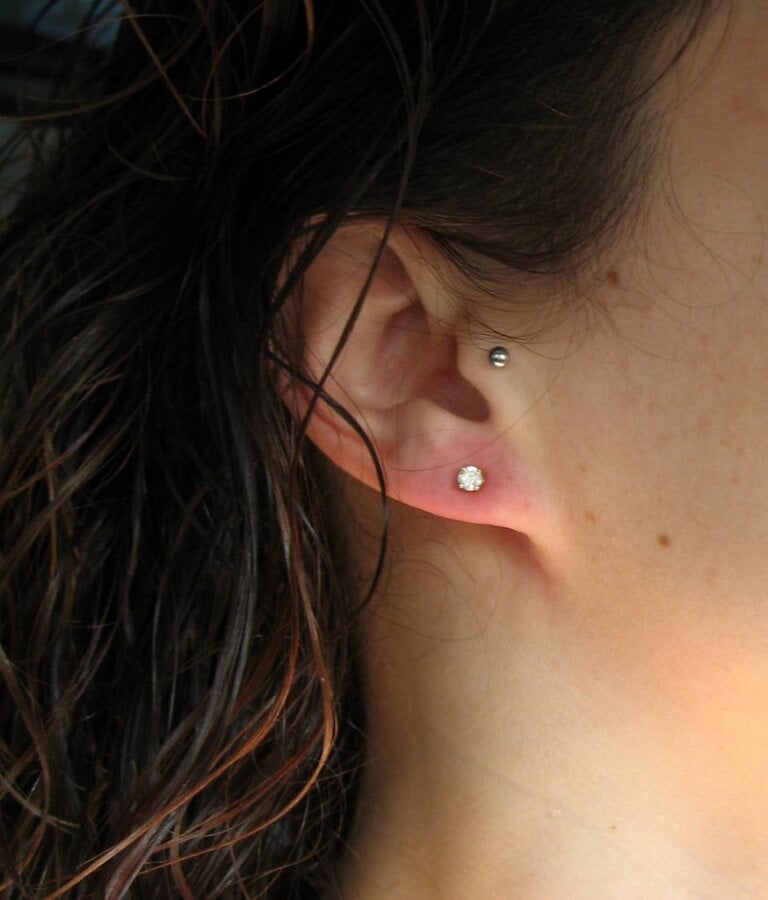Wax Warriors: The Protective Role of Ear Wax in Preventing Infections
Ear wax, also known as cerumen, is a fascinating substance that plays a crucial role in protecting our ears from infections and other external threats. Many people view it as an annoyance or unnecessary, but in reality, ear wax is an essential component of our ear health. In this article, we will dive deeper into the protective role of ear wax and unravel its importance in preventing infections.
Understanding Ear Wax
Ear wax is a waxy substance produced by the ceruminous glands located in the ear canal. It is composed of a mixture of secretions, including dead skin cells, sebum, and other debris. The consistency of ear wax can vary from person to person, ranging from dry and flaky to moist and sticky.
Ear wax serves as a natural barrier that protects the delicate skin lining of the ear canal. It acts as a lubricant, moisturising the ear canal and preventing it from becoming dry and prone to irritation. The presence of ear wax helps to maintain the natural moisture balance, preventing discomfort and microabrasions that can make the ears susceptible to infections.
The Protective Function of Ear Wax
1. Lubrication and Moisturisation
One of the primary functions of ear wax is to lubricate and moisturise the ear canal. The presence of ear wax helps maintain the delicate skin lining of the ear canal, preventing it from becoming dry and prone to irritation. Dry and itchy ears can lead to discomfort and even microabrasions, making it easier for bacteria and other pathogens to enter and cause infections.
In addition to lubricating the ear canal, ear wax also moisturises the skin, preventing dryness and reducing the risk of cracks or fissures. This protective barrier is essential for individuals who live in dry climates or those who experience dry skin conditions. By keeping the ear canal properly lubricated and moisturized, ear wax plays a vital role in maintaining ear health.
2. Trapping and Removal of Debris
Ear wax acts as a natural defense mechanism by trapping dust, dirt, pollen, and other foreign particles that may enter the ear. The stickiness of ear wax helps it adhere to these particles, preventing them from reaching deeper into the ear canal. When ear wax naturally migrates outwards, it carries away trapped debris, keeping the ear canal clean and reducing the risk of infections.
The ability of ear wax to trap and remove debris is crucial in preventing the accumulation of dirt and foreign substances in the ear canal. Without ear wax, these particles could accumulate and potentially lead to blockages or infections. The sticky nature of ear wax allows it to adhere to debris, preventing it from causing irritation or damage to the delicate structures of the ear.
3. Antibacterial and Antifungal Properties
Ear wax contains antimicrobial properties that help inhibit the growth of bacteria and fungi. It produces certain enzymes and fatty acids that create an unfavorable environment for these microorganisms, preventing them from thriving and causing infections. This natural defense mechanism is particularly important in preventing external ear infections, commonly known as otitis externa or swimmer’s ear.
The antimicrobial properties of ear wax provide an added layer of protection against bacterial and fungal infections. The enzymes and fatty acids produced by the ceruminous glands help to create an acidic environment that inhibits the growth of microorganisms. This acidic environment prevents the colonization of bacteria and fungi, reducing the risk of infections in the ear canal.
4. Protection against Water and Moisture
Aside from trapping debris, ear wax also serves as a barrier against water and moisture. It forms a protective layer on the skin of the ear canal, preventing excessive water exposure. This is especially significant for individuals who frequently engage in activities such as swimming or showering. Excessive moisture in the ear canal can disrupt the natural pH balance and create a favorable environment for bacterial and fungal growth, leading to infections.
The presence of ear wax helps to maintain the natural moisture balance in the ear canal, preventing excessive water exposure. This is particularly important for individuals who participate in water-related activities, such as swimming or water sports. By forming a protective layer, ear wax reduces the risk of water entering the ear canal and causing infections.
5. Prevention of Insect Intrusion
Believe it or not, ear wax also plays a role in preventing insects from entering the ear canal. The stickiness and odor of ear wax act as deterrents, making it less likely for insects to crawl into the ear. While rare, insect infestations in the ear canal can cause discomfort, pain, and potential damage to the eardrum. The presence of ear wax acts as a natural barrier, reducing the risk of such incidents.
The stickiness and odor of ear wax help to deter insects from entering the ear canal. Insects are less likely to crawl into the ear when they encounter ear wax, which acts as a physical barrier. The stickiness of ear wax makes it difficult for insects to navigate through the ear canal, reducing the risk of infestations and the associated complications.
Proper Ear Wax Management
While ear wax is beneficial and necessary for ear health, it is essential to maintain a balance and prevent excessive buildup. Here are a few tips for proper ear wax management:
- Avoid inserting objects into the ear canal: Using cotton swabs, bobby pins, or other objects to clean the ears can push the wax deeper into the ear canal, leading to impaction and potential damage. Instead, allow the natural migration of ear wax outwards.
It is important to avoid inserting any objects into the ear canal, as this can push the ear wax deeper and potentially cause impaction. Objects like cotton swabs or bobby pins can push the wax against the eardrum, leading to discomfort, pain, and potential damage. It is best to allow the natural migration of ear wax outwards and avoid any unnecessary manipulation of the ear canal.
- Practice good ear hygiene: Gently clean the outer part of the ear with a warm washcloth during your regular bathing routine. This helps remove any visible wax or debris on the outer ear.
Maintaining good ear hygiene is important for preventing excessive ear wax buildup. Gently cleaning the outer part of the ear with a warm washcloth during regular bathing can help remove any visible wax or debris on the outer ear. It is important to avoid inserting anything into the ear canal during this process to prevent pushing the wax deeper.
- Seek professional help if necessary: If you experience symptoms such as ear pain, hearing loss, or excessive ear wax buildup, it is recommended to consult a Audiologist or an ear, nose, and throat specialist. They can safely remove excessive ear wax using specialised tools or techniques.
If you are experiencing symptoms such as ear pain, hearing loss, or excessive ear wax buildup, it is best to seek professional help. An Audiologist or an ear, nose, and throat specialist can safely remove excessive ear wax using specialised tools or techniques. They have the expertise to assess the situation and provide appropriate treatment or guidance.
- Avoid excessive ear irrigation: While ear irrigation can be helpful in certain cases, it should be done cautiously under the guidance of a healthcare professional. Using improper techniques or excessive force can lead to injury or even push the wax deeper into the ear canal.
Ear irrigation should be approached with caution and only performed under the guidance of a healthcare professional. Improper techniques or excessive force can lead to injury or push the wax deeper into the ear canal. Microsuction is the preferred method of ear wax removal, as it is the most safe and efficient approach.
Conclusion
Ear wax, often underestimated, plays a crucial role in protecting our ears from infections and external threats. Its lubricating, trapping, and antimicrobial properties make it an essential component of our ear health. By understanding the protective function of ear wax and adopting proper ear wax management techniques, we can maintain ear hygiene and reduce the risk of infections. Embrace the wax warriors and appreciate their important role in preserving our ear health!







